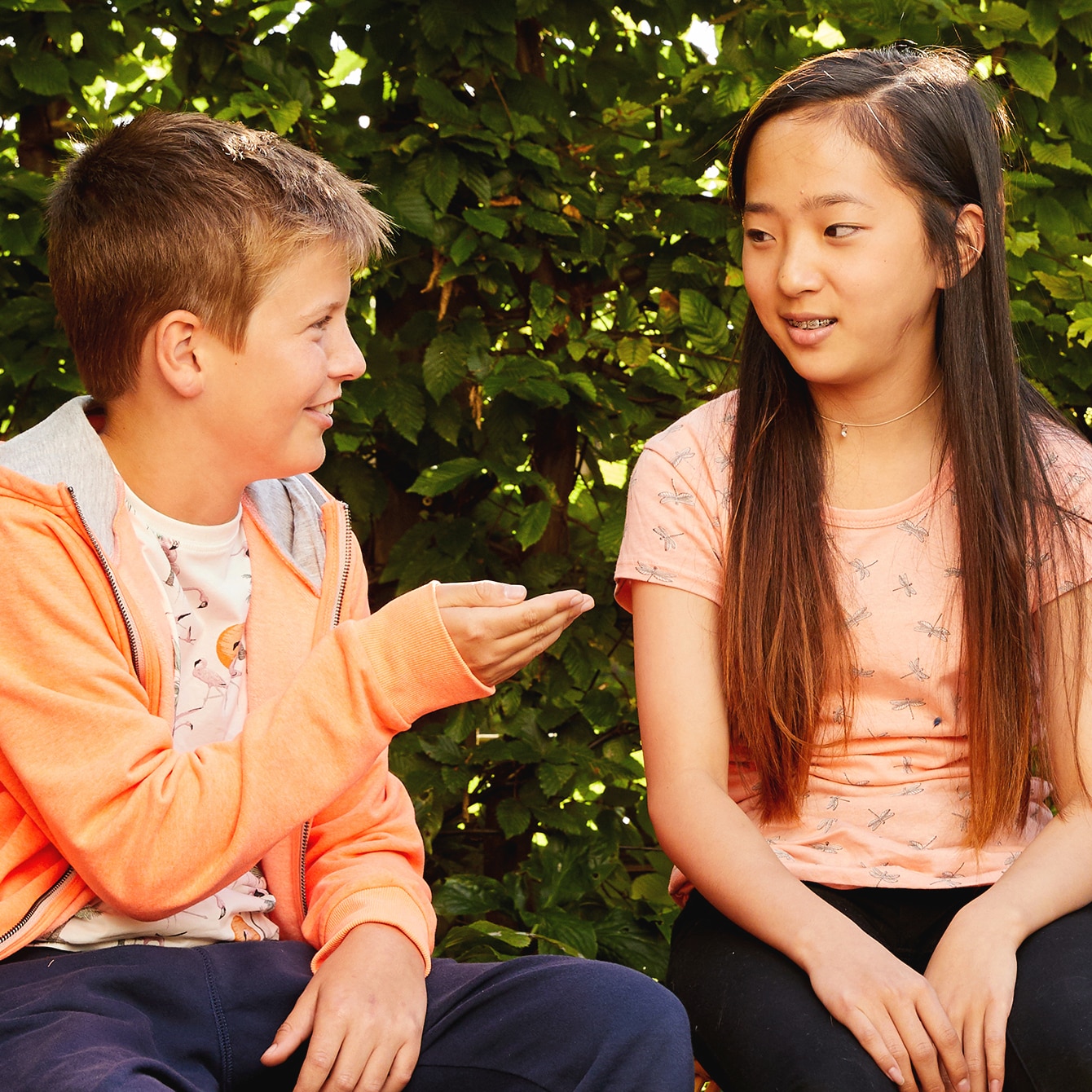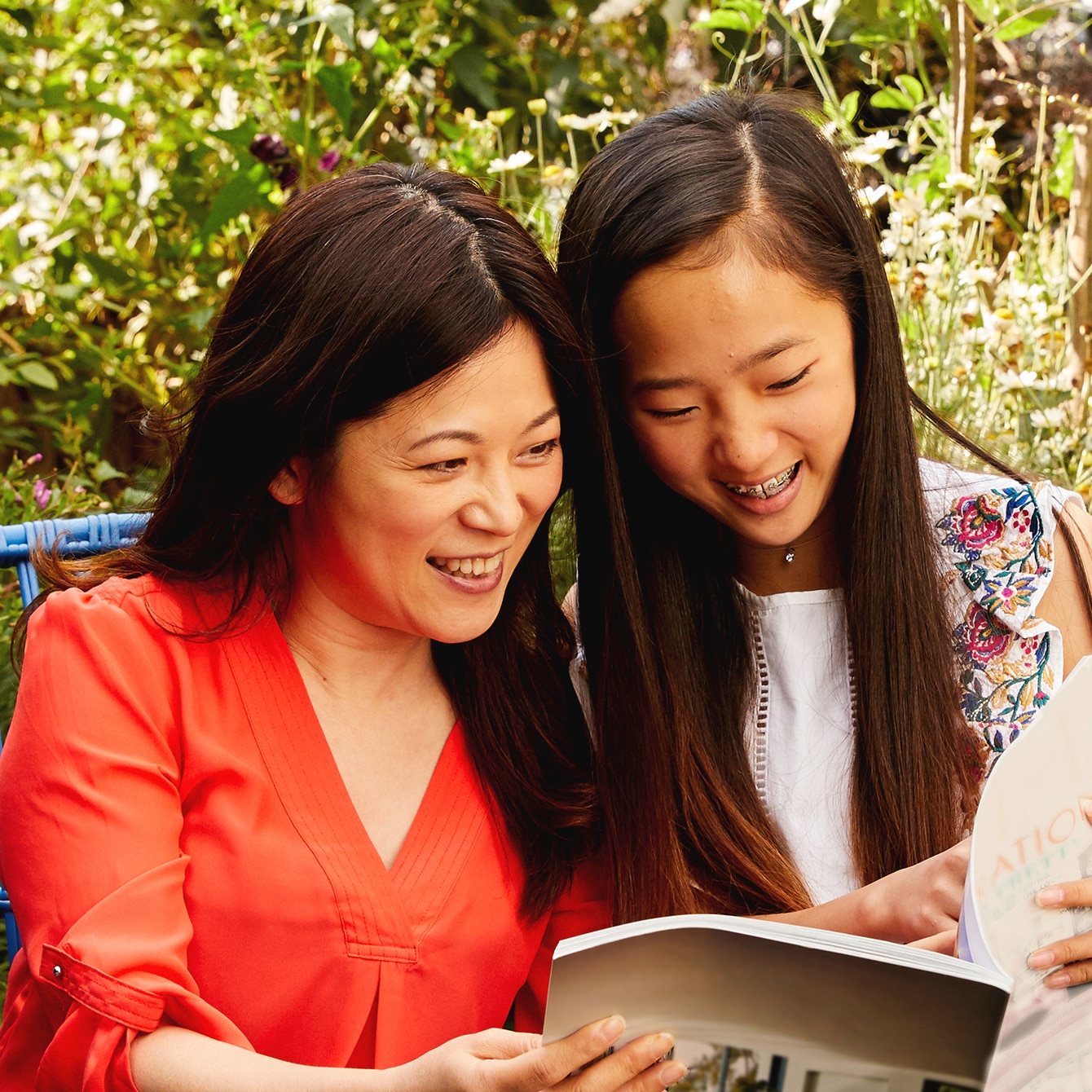Images of people in the media are manipulated so dramatically these days, that it can feel like 'beauty' is less and less attainable. Help your child resist media influence and see the real picture.
Media influence on teenagers
Are you worried that your child's expectations for their appearance are unrealistic? It's hardly surprising. Research published by Psychology Today, Ads Everywhere: The Race to Grab Your Brain, estimates that today's young people are bombarded by 5,000 advertising messages a day. These come not only via television and magazines but also websites, blogs, social media, music videos, films, and even mobile phones.
The way that people are portrayed in this advertising – both the words and the pictures – has a big impact on the way our children view themselves and who they aspire to be.
The connection between images of women in the media and low self-esteem in girls
Constant reinforcement of the 'perfect' woman in the media directly impacts girls' body confidence. Body Image research found that looking at magazines for just 60 minutes lowers the self-esteem of more than 80% of girls.
In research published in the Girlguiding, 2016 Girls' Attitudes Survey (PDF 2MB), 61% of girls said when women are portrayed as ‘sex objects’ it makes girls feel disempowered. And almost half of young women in the Pretty as a Picture poll by UK think tank Credos, agreed with the statement 'seeing adverts using thin models makes me feel more conscious of the way I look and makes me want to diet/lose weight'.
Body image and the media – we want to look like ourselves
In its Pretty as a Picture research, Credos asked young women to compare four different images of the same model, digitally modified to change her shape. The majority (76%) preferred either the natural or lightly retouched images over the heavily airbrushed ones. The Dove Global Beauty and Confidence Report 2016 found that 7 in 10 (69%) of women and 6 in 10 (65%) girls believe the media and advertising set an unrealistic standard of beauty that most women can’t ever achieve.
By realising that media images are frequently manipulated, and rarely representative of reality, your child can start to 'see through' the media, and protect their body confidence when viewing pictures of celebrities and models. Help them understand that it’s not worth comparing the way they look to the unrealistic, fake images they see in the media.
Use our action checklist and fun activities to start a conversation about your child’s perception of their own appearance.
To protect privacy we’ve changed the names of people whose stories we tell on these pages, but their stories are genuine.


